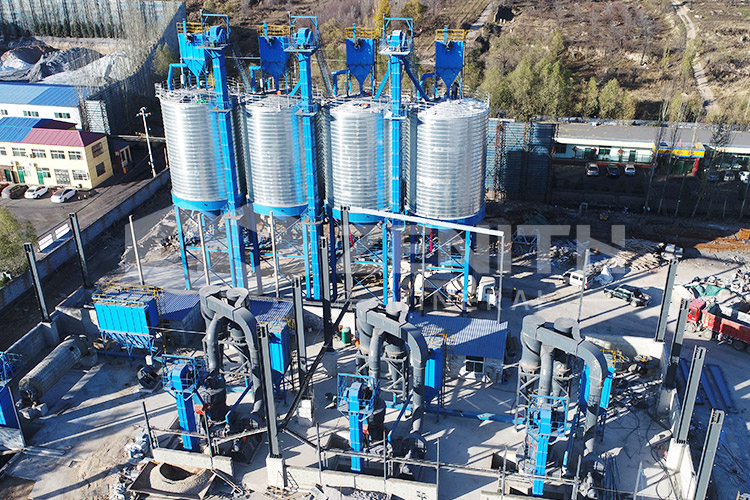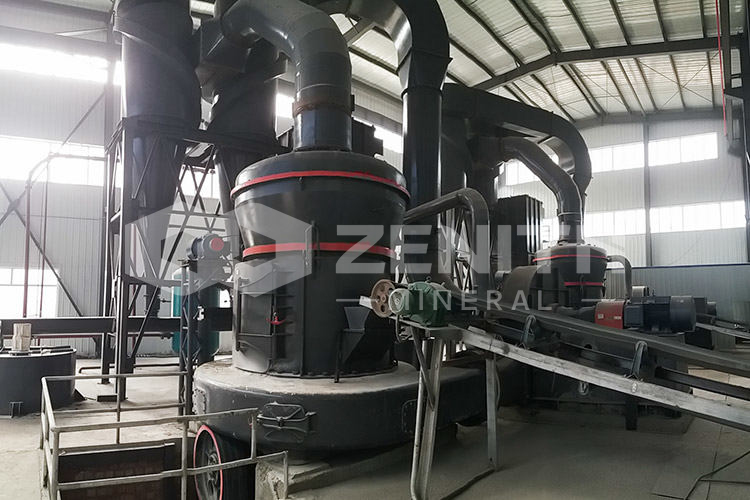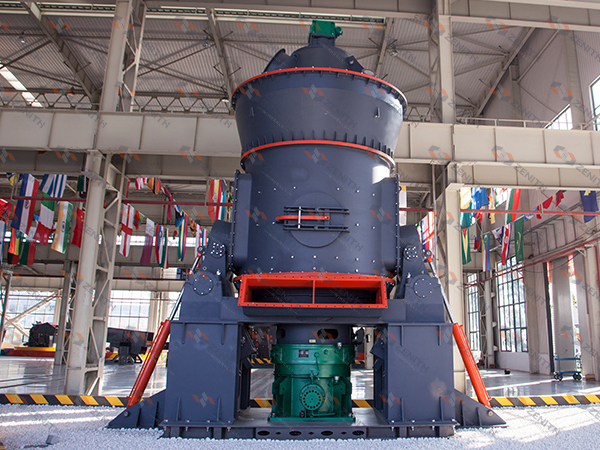Which grinding mill should be used to grind limestone to 2000 mesh?
2025-11-10 12:56:53
When it comes to grinding limestone to an ultra-fine powder of 2000 mesh (approximately 6.5 microns), the selection of appropriate grinding equipment becomes critical. This fineness level falls into the category of micro-powder processing, requiring specialized mills capable of achieving precise particle size control while maintaining operational efficiency and economic viability. As a leading industrial powder grinding equipment manufacturer with decades of experience, Zenith Machinery offers several solutions for this challenging application.
Limestone, being a relatively soft mineral with Mohs hardness of 3, can be ground to fine powders, but achieving consistent 2000 mesh presents specific technical challenges. The conventional grinding mills like Raymond Mills, MTW and MTM European Trapezium Mills typically reach maximum fineness of 400-3250 mesh, making them unsuitable for the 2000 mesh requirement. Similarly, Ball Mills and Hammer Mills produce much coarser powders and cannot achieve this ultra-fine range.
_1762750613412.jpg)
For grinding limestone to 2000 mesh, Zenith recommends two primary solutions: the LUM Ultrafine Vertical Grinding Mill and the XZM Ultrafine Grinding Mill. Both mills are specifically engineered for ultra-fine powder production and can comfortably handle the 2000 mesh requirement while offering distinct advantages for different production scenarios.
LUM Ultrafine Vertical Grinding Mill: The Premium Choice
The LUM Ultrafine Vertical Grinding Mill represents our most advanced technology for ultra-fine powder production. With an output range of 325-2500 mesh, it perfectly encompasses the 2000 mesh requirement. This mill integrates powder grinding, separation, and transportation into a single, efficient system.
What makes the LUM particularly suitable for 2000 mesh limestone grinding is its sophisticated design incorporating Taiwan's grinding roller technology and German powder separating technology. The mill can effectively control product size, chemical composition, and iron content, ensuring the purity and whiteness of finished limestone powder – crucial factors for many industrial applications.
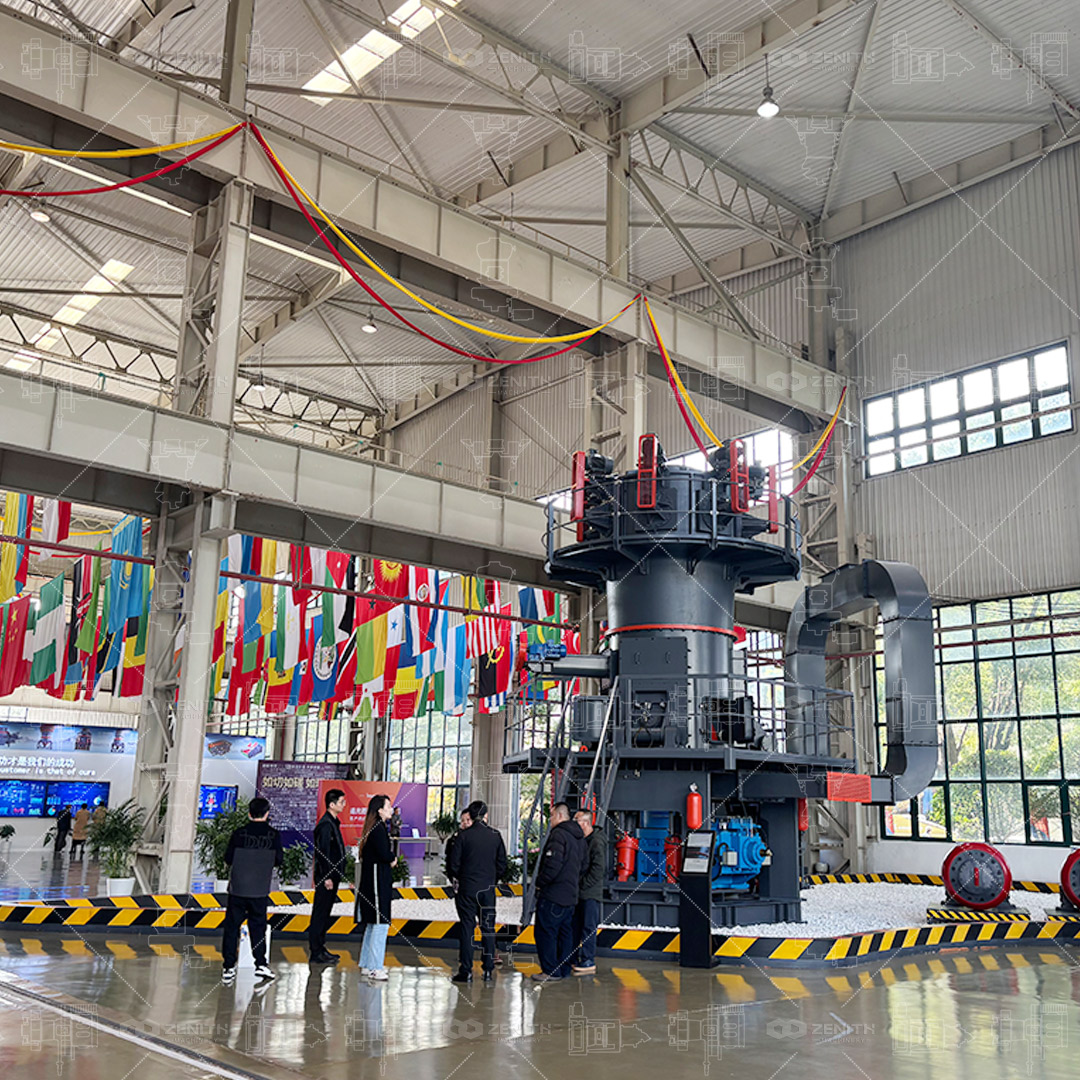
From an operational perspective, the LUM Ultrafine Vertical Grinding Mill offers significant advantages. Its energy consumption is 30%-50% lower compared to ordinary mills producing similar fineness. The mill operates under negative pressure with complete sealing, characterized by no dust spillover, small vibration, low noise, and environmentally friendly production. The hydraulic adjustment system allows easy and quick maintenance of vulnerable parts, minimizing downtime.
XZM Ultrafine Grinding Mill: The Efficient Alternative
For operations requiring slightly lower capacity or seeking a more economical solution, the XZM Ultrafine Grinding Mill presents an excellent alternative. With its ability to produce powder between 325-3250 mesh, the XZM can easily achieve the target 2000 mesh fineness. The mill features a relatively simple internal structure that reduces downtime and simplifies maintenance.
The XZM's classifier is equipped with a Variable Frequency Drive (VFD), allowing easy adjustment of the classification rotor's rotary speed. This means operators can conveniently obtain the requested powder size (including precisely 2000 mesh) through simple settings on the electric control panel. This precise control ensures consistent product quality batch after batch.
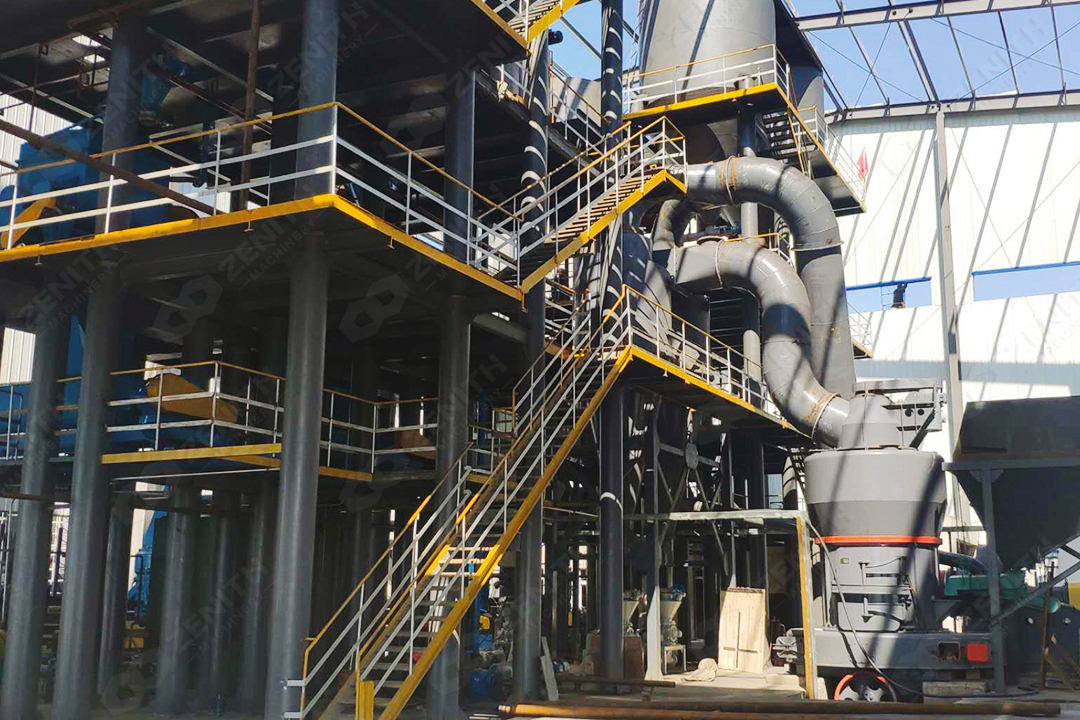
In terms of efficiency, the XZM demonstrates remarkable performance. To produce the same powder under the same power conditions, the XZM is 40% higher in efficiency and 70% lower in energy consumption compared to air-flow mills and stirring mills. Its safe structural design eliminates rolling bearings and screws in the grinding chamber, avoiding problems of bearing and seal vulnerability – a common issue in ultra-fine grinding applications.
Technical Comparison for 2000 Mesh Limestone Grinding
When deciding between the LUM and XZM for 2000 mesh limestone production, several factors should be considered. The LUM Ultrafine Vertical Grinding Mill offers higher capacity (5-18 T/H compared to XZM's 0.5-25 T/H) and more advanced automation features, making it ideal for large-scale production facilities. Its vertical roller design provides better grinding efficiency for hard materials, though limestone's softness makes both mills suitable.
The XZM Ultrafine Grinding Mill, while having a wider capacity range, excels in medium-scale operations where flexibility and lower initial investment are priorities. Its simpler structure translates to lower maintenance costs and easier operation, particularly beneficial for facilities with limited technical staff.
_1762750613420.jpg)
Both mills produce limestone powder with excellent characteristics for industrial applications. The resulting 2000 mesh powder finds applications in plastics, paints, coatings, rubber, paper, and construction materials where ultra-fine limestone acts as a functional filler. The high whiteness and purity maintained by both mills ensure the final product meets stringent industry standards.
Conclusion
Selecting the right mill for grinding limestone to 2000 mesh requires careful consideration of production capacity requirements, budget constraints, and operational preferences. Zenith's LUM Ultrafine Vertical Grinding Mill and XZM Ultrafine Grinding Mill both provide excellent solutions tailored to this specific application. With our global service network spanning over 180 countries and technical support available through more than 30 overseas offices, we can help you implement the optimal grinding solution for your limestone processing needs.
_1762750613422.jpg)
Our equipment comes with international certifications including ISO, European Union CE, and Customs Union CU-TR, ensuring quality and compliance with global standards. Whether you choose the premium LUM or the efficient XZM, you're investing in technology backed by decades of research and practical experience in industrial powder processing.
Frequently Asked Questions
What is the typical energy consumption for grinding limestone to 2000 mesh?
The LUM Ultrafine Vertical Grinding Mill consumes 30%-50% less energy compared to conventional mills, while the XZM Ultrafine Grinding Mill shows 70% lower energy consumption than air-flow mills for the same output.
Can these mills achieve even finer powder than 2000 mesh?
Yes, both the LUM and XZM mills can produce powder up to 2500-3250 mesh, providing flexibility for future requirements for even finer limestone powder.
How does the maintenance requirement compare between LUM and XZM mills?
The XZM has a simpler structure with easier maintenance, while the LUM offers more advanced features but may require more specialized technical knowledge for maintenance procedures.
What is the maximum feed size for limestone entering these mills?
The LUM accepts up to 10mm input size, while the XZM handles up to 20mm, though pre-crushing to smaller sizes is recommended for optimal efficiency in ultra-fine grinding.
How do these mills ensure consistent 2000 mesh product quality?
Both mills incorporate advanced classification systems with precise control mechanisms - the LUM uses German separating technology while the XZM features VFD-controlled classifiers for exact fineness control.
What production capacity can I expect when grinding to 2000 mesh?
Capacity varies with material characteristics and operational parameters, but typically ranges from 0.5-25 T/H for XZM and 5-18 T/H for LUM when producing 2000 mesh limestone powder.
Are these mills suitable for other materials besides limestone?
Yes, both mills can process various non-metallic minerals including calcite, marble, dolomite, barite, and talc to similar fineness levels with appropriate adjustments to operational parameters.



